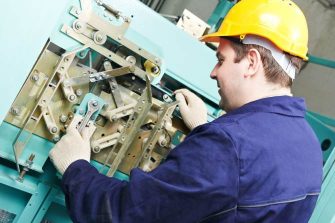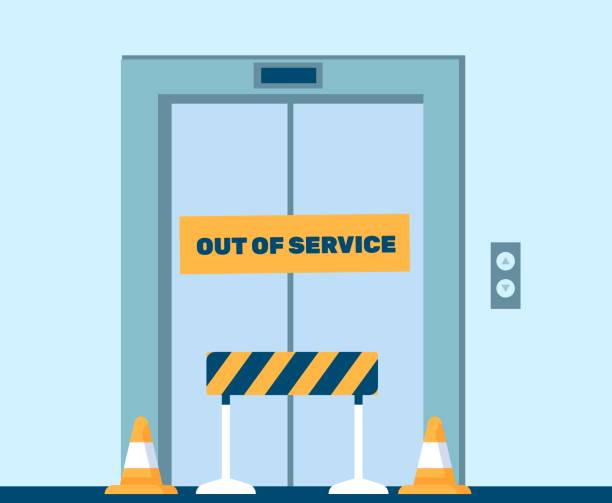Top Lift Repair Companies Near Me for Dependable Maintenance Services
Top Lift Repair Companies Near Me for Dependable Maintenance Services
Blog Article
Comprehensive Overview to Lift Solutions and Their Upkeep
Browsing the complex world of lift systems and their upkeep is a task that demands accuracy and expertise. From the numerous sorts of elevator systems in operation to the careful adherence to safety laws, the maintenance of these vertical transport gadgets is a multifaceted undertaking. As buildings soar greater and technology breakthroughs, the requirement for a comprehensive understanding of lift systems ends up being progressively important. Join us as we unravel the intricacies of elevator upkeep, checking out common problems, best techniques, and advanced modern technologies that shape the modern-day landscape of upright transport.
Sorts Of Lift Systems
The most common kinds include hydraulic elevators, traction elevators, machine-room-less lifts, and vacuum cleaner lifts. Hydraulic lifts are ideal for low-rise structures and make use of a hydraulic piston to move the elevator automobile. Machine-room-less elevators are a space-saving choice as they do not require a separate machine room for the lift equipment.
Each sort of lift system has its own advantages and drawbacks, making it essential for building proprietors and programmers to meticulously consider their details demands before picking one of the most appropriate choice. Elements such as building elevation, area accessibility, energy performance, and spending plan restrictions all play a substantial function in identifying the very best lift system for a specific building.
Usual Upkeep Issues
Routine maintenance of lift systems is essential to ensure smooth operation and prolong their lifespan. Despite regular maintenance, lift systems can still run into usual upkeep problems that need to be quickly dealt with to avoid disruptions in service. Normal examinations and aggressive upkeep can assist identify and deal with these common upkeep problems before they escalate and influence the total performance of the elevator system.
Safety Rules and Compliance
Following stringent safety and security guidelines and making sure compliance with industry criteria are vital for maintaining the operational honesty of elevator systems. Elevators undergo a detailed set of safety laws to secure passengers, maintenance employees, and the public. Regulative bodies such as the Occupational Safety and Wellness Management (OSHA) in the United States and the European Lift Organization (ELA) in Europe develop guidelines that cover various facets of elevator layout, procedure, setup, and maintenance.
Compliance with these laws is not only a lawful requirement however additionally a moral commitment for building owners and lift maintenance business. Failing to meet safety and security standards can lead to penalties, legal obligations, and, most notably, endanger the security of people using the lift. Normal inspections, upkeep checks, and adherence to safety and security procedures laid out in the guidelines are important to make sure the reliable and safe operation of lift systems. By focusing on safety policies and conformity, stakeholders can copyright the count on of the public and alleviate possible threats connected with lift usage.
Finest Practices for Upkeep

Structure owners should also think about investing in innovation upgrades to improve the efficiency and safety of their lift systems. By complying with these best methods, elevator systems can run smoothly and securely, providing trusted upright transport for passengers.

Advanced Technologies for Effectiveness
Applying advanced technologies in elevator systems can substantially improve functional performance and passenger experience. lift maintenance services. One of the essential improvements in lift read this post here modern technology is the introduction of location control systems. These systems permit guests to input their wanted flooring prior to going into the elevator, which then routes them to the most reliable cars and truck. By get more lessening unnecessary stops and maximizing travel paths, location control systems decrease wait times and congestion in high-traffic structures.
Furthermore, the integration of wise sensors and anticipating maintenance capacities has revolutionized lift maintenance. These sensors can detect prospective issues before they rise, enabling positive maintenance treatments and reducing downtime. Additionally, making use of energy-efficient parts and regenerative drives aids decrease power intake and operating costs in lift systems.
Furthermore, the application of cloud-based surveillance and remote diagnostics enables real-time tracking of lift efficiency and immediate troubleshooting of any type of breakdowns. This proactive method not just improves system reliability however additionally enhances the general individual experience by ensuring undisturbed and smooth lift operations.
Conclusion
In final thought, recognizing the different types of elevator systems, typical upkeep concerns, safety and security regulations, finest maintenance techniques, and progressed modern technologies for efficiency index is important for making sure the smooth procedure of lifts. By sticking to safety and security regulations and implementing best practices for upkeep, building owners can prolong the lifespan of their elevator systems and guarantee the safety of passengers. It is very important to stay updated on the most up to date improvements in lift innovation to enhance effectiveness and dependability.
The most typical types include hydraulic elevators, traction lifts, machine-room-less lifts, and vacuum cleaner lifts. Hydraulic elevators are suitable for low-rise structures and make use of a hydraulic piston to relocate the lift cars and truck. Machine-room-less lifts are a space-saving choice as they do not need a separate machine room for the lift equipment. Routine evaluations and proactive upkeep can aid recognize and solve these typical maintenance issues prior to they intensify and impact the overall efficiency of the lift system.

Report this page